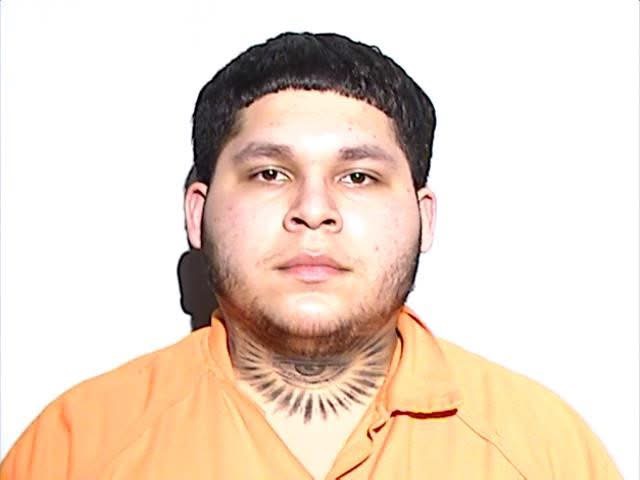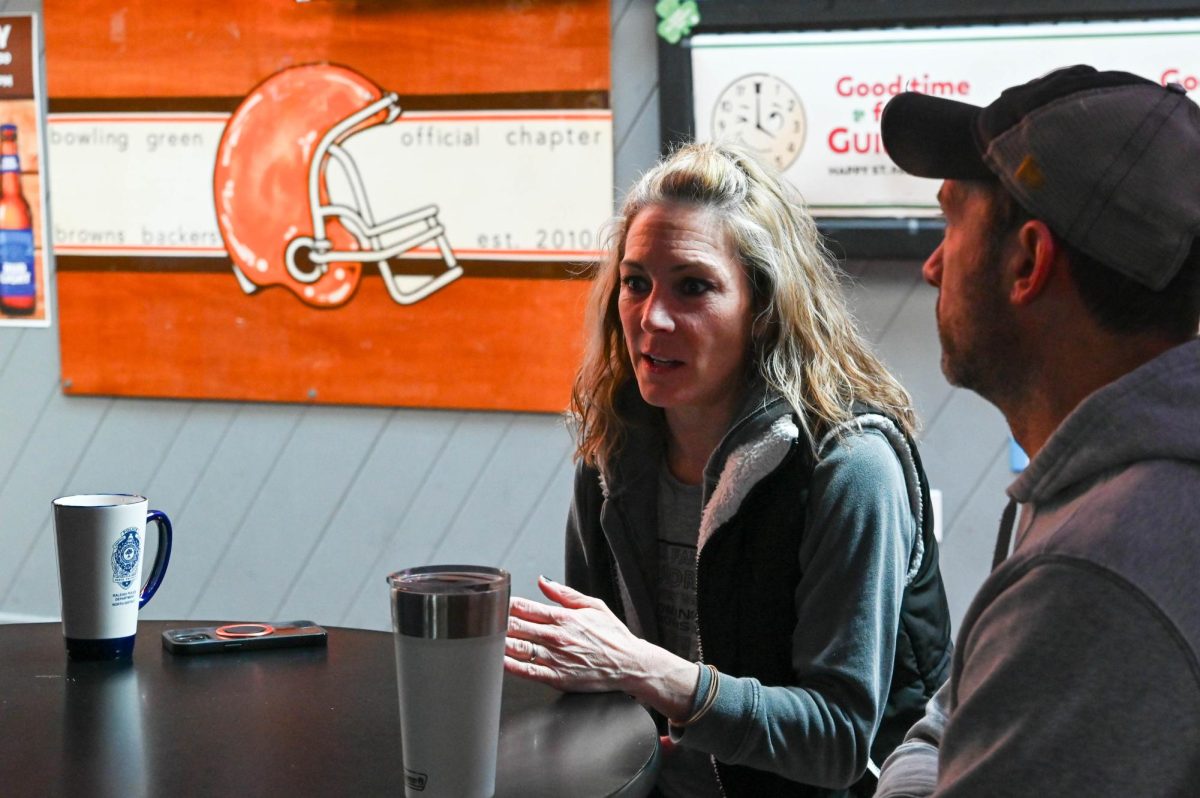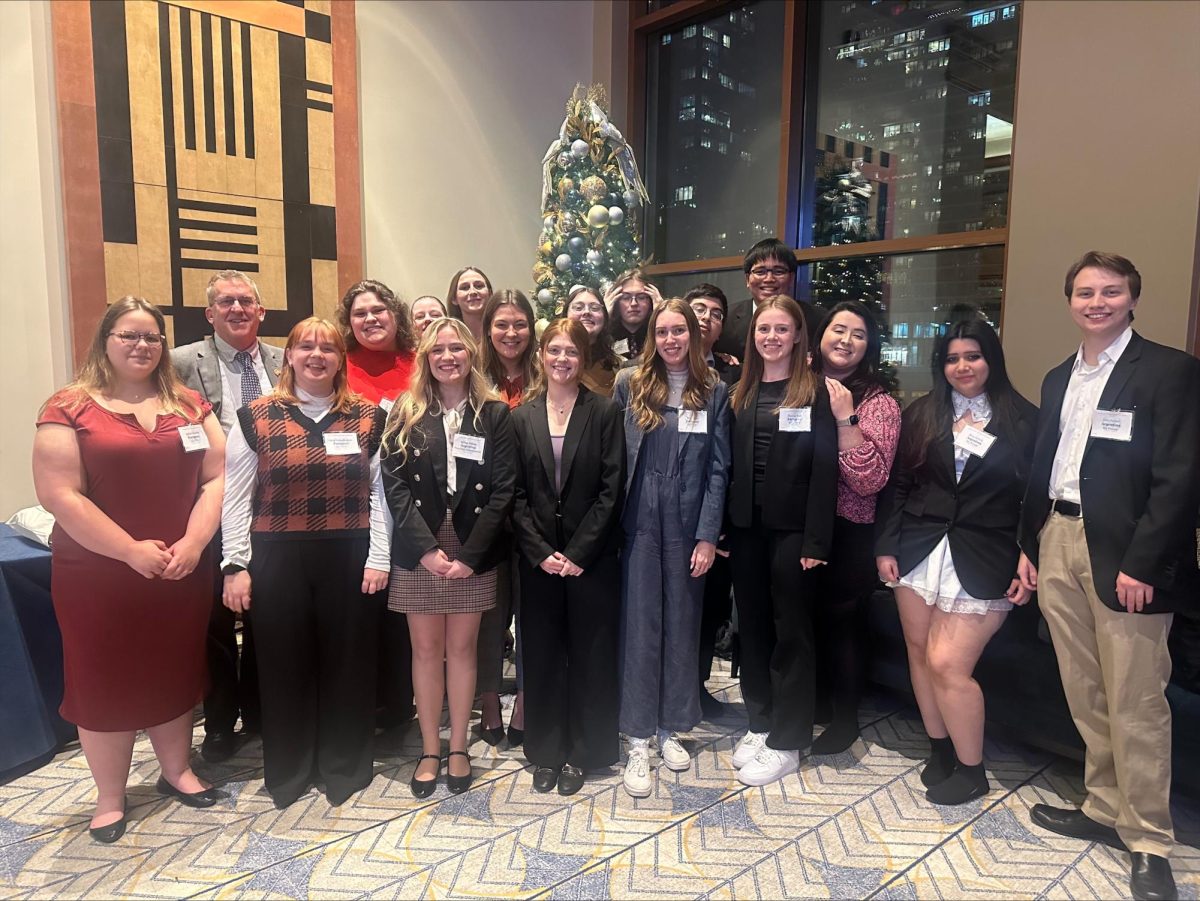FOSTORIA, Ohio – Fostoria is separated by crisscrossing railroad tracks, three counties and three legislative districts.
Safety Service Director Ralph Wise said at times, it can seem like three cities. He hopes that when Ohio’s legislative districts are redrawn this year, the town will be brought together in one district with one state representative.
“We have more population than 20 percent of the county seats,” Wise said. “But they have the influence.”
Ohio’s 99 House and 33 Senate districts will be redrawn to show population shifts in last year’s census. The new maps must be published by Oct. 5.
Some cities are split into two districts, including Parma and Euclid in suburban Cleveland and Bellevue in rural northwest Ohio.
Wise said a single district representing Fostoria, population 13,900, more clout in Columbus. A message seeking comment was left for Fostoria Mayor John Davoli.
Wise was one of a limited number of people who attended a series of meetings around the state to give the public a chance to offer opinions about redrawing Ohio’s legislative district lines.
The 10 meetings drew little interest and few people have offered their own ideas for reconfiguring the districts.
The state constitution requires that a district be as compact as possible and gives preference to cities and counties that can qualify as a single district.
The board redrawing the districts is made up of Gov. Bob Taft, Auditor Jim Petro, Secretary of State Kenneth Blackwell, House Speaker Larry Householder – all Republicans – and Senate Democrat leader Leigh Herington.
Rep. Rex Damschroder, R-Fremont, who represents the largest of Fostoria’s three districts, said he understands why some may think the split districts hurt the city.
“On the other hand, they may get more attention by having three representatives, three state senators,” he said. “There’s two ways to look at it.”
Damschroder said he would ultimately back what the city and its residents want.
“I don’t see it hurting much either way,” he said. “If they all want to be in one district that’s fine with me.”
But he has doubts about whether the board drawing the districts will listen to the people who showed up at the traveling meetings and that’s why few people showed an interest.
“The public’s not stupid,” Damschroder said. “They’re not going to spend a lot of time on this coming up with a solution.”
Herington, the only Democrat on the board, said the meetings were not a waste of time because some of the people attending seemed to know the issues better than he did.
What was talked about most was how the board should not to put politics above geography, he said.
He cited one senate district that includes part of suburban Cleveland and part of rural Wayne County.
“What do those people have in common?” Herington asked. “The answer to that is probably very little.”







